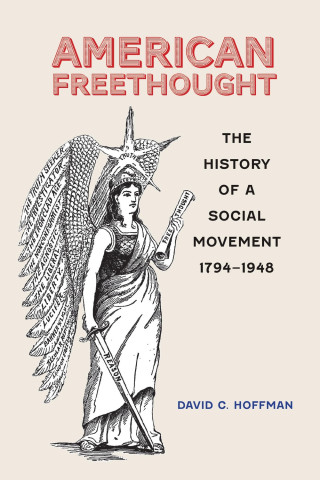
Reviews
Fascinating and stimulating... Brush with Death examines in an interesting and parallel fashion the evolution of thought and actions regarding occupational exposure to lead, lead poisoning during childhood, and the main population-wide risk of exposure to airborne lead from automobiles.
For those interested in the history of medicine and particularly, public health and epidemiology, this is a must read.
It is a chilling story, with morals for other countries too.
A rich, nuanced discussion of Americans' use of lead and the resulting struggle with the harmful effects of this powerful poison that insidiously permeated American culture and Americans' bodies.
In this highly engaging study, Christian Warren develops a broad critique of the lead industries, gas and paint manufacturers, and the scientific authorities who, for the most part, worked for them in the twentieth century.
Thorough and convincing... Brush with Death should become a starting point for those interested in the postwar history of lead, environmental health, and pediatrics.
A deft intertwining of discussion of industry's promotion of lead products as essential components of the modern lifestyle with consideration of the halting progress of medicine in clarifying the toxicology of lead and recognizing signs of lead poisoning in patients... It is a well-organized and readable account of the evolution of a major twentieth-century health threat and a valuable addition to environmental history.
The strength of this book is the historical policy analysis and the impact this could have on current policy debate over environmental pollution.
Today, in city after city, landlords, tenants, and local governments each seek to hold one another responsible, both fiscally and legally, for ensuring that children are not poisoned in their own homes. Warren's book is critically important because he opens up this discussion, examining the roles and policies of public health officials and the lead industry itself in creating these deadly problems... As a study of one of the most significant occupational and environmental hazards in U.S. history and the policy debates it has engendered, Brush with Death deserves to be read by a wide audience.
Not only is Brush with Death an excellent knowledge source for anyone interested in lead poisoning, it is also an informative historical account of a national industry gone bad. Want to get the lead out?—Here's documentation of all the motivation you need!
This fascinating book held me in its clutches from the Introduction and all the way through until the end.
This is outstanding scholarship and a wonderful narrative. The story of lead—in our paint, gasoline, air, and soil—demands to be understood by someone who has both passion and a sense of outrage, and Warren, in his own measured and subtle way, makes it clear that such outrage is deserved.
Book Details
List of Figures and Tables
Acknowledgments
Introduction - What's Lead in the Bone...
Chapter 1: Plumbing the Depths
Chapter 2: Childhood Lead Poisoning before 1930
Chapter 3: Toxic Purity: How the United
List of Figures and Tables
Acknowledgments
Introduction - What's Lead in the Bone...
Chapter 1: Plumbing the Depths
Chapter 2: Childhood Lead Poisoning before 1930
Chapter 3: Toxic Purity: How the United States Became a Nation of White-Leaders
Chapter 4: Occupational Lead Poisoning in the Progressive Era
Chapter 5: Protecting Workers and Profits in the Lead Industries
Chapter 6: Company Doctors on the Job
Chapter 7: Introducing Leaded Gasoline
Chapter 8: Defining Childhood Lead Poisoning as a Disease of Poverty
Chapter 9: Urban Physicians Discover the Silent Epidemic
Chapter 10: The Screaming Epidemic
Chapter 11: Facing the Consequences of Leaded Gasoline
Chapter 12: The Rise and Fall of Universal Childhood Lead Screening
Chapter 13: Regulating "Low-Level" Lead Poisoning
Appendix - Reports on Lead PoisoningNotes
Index





